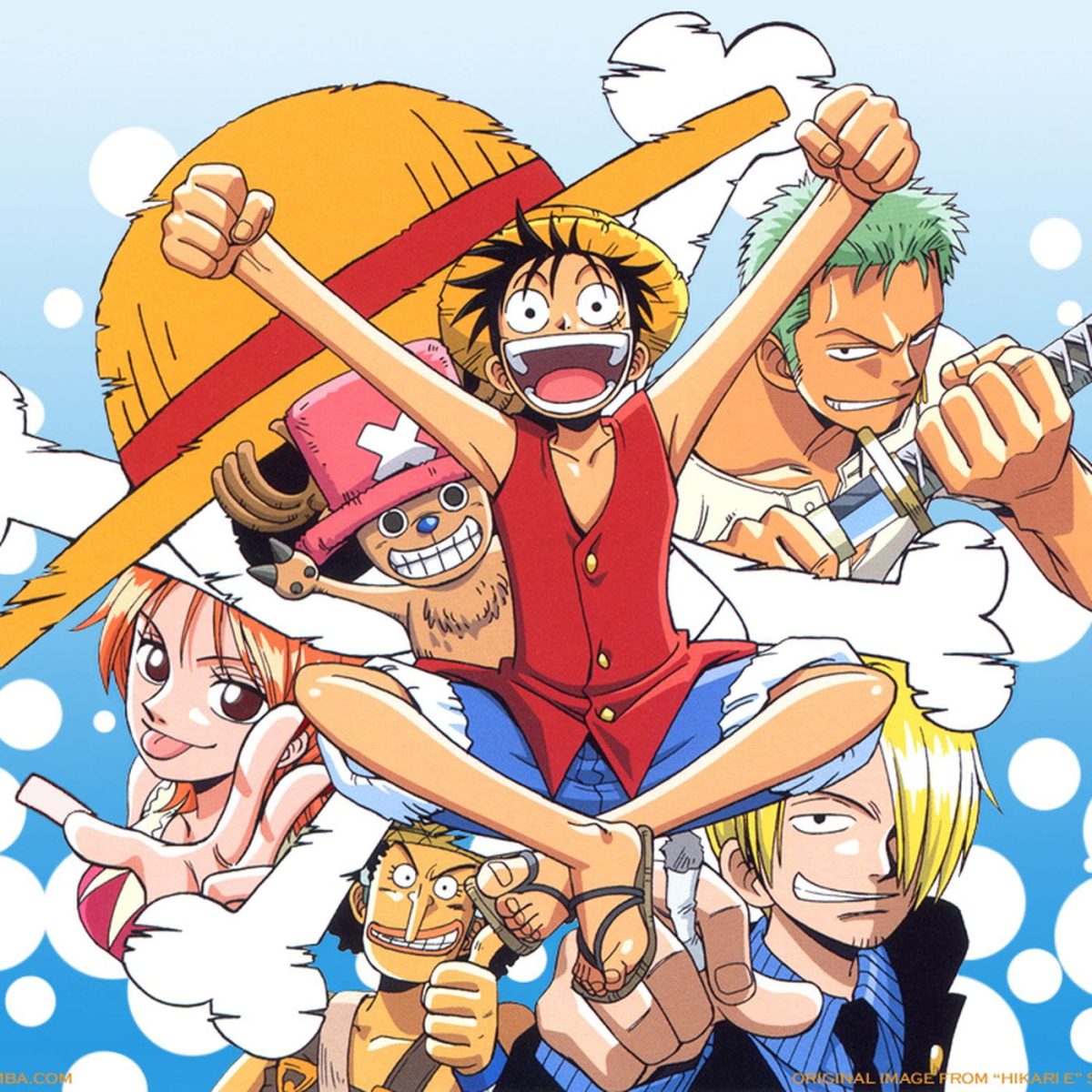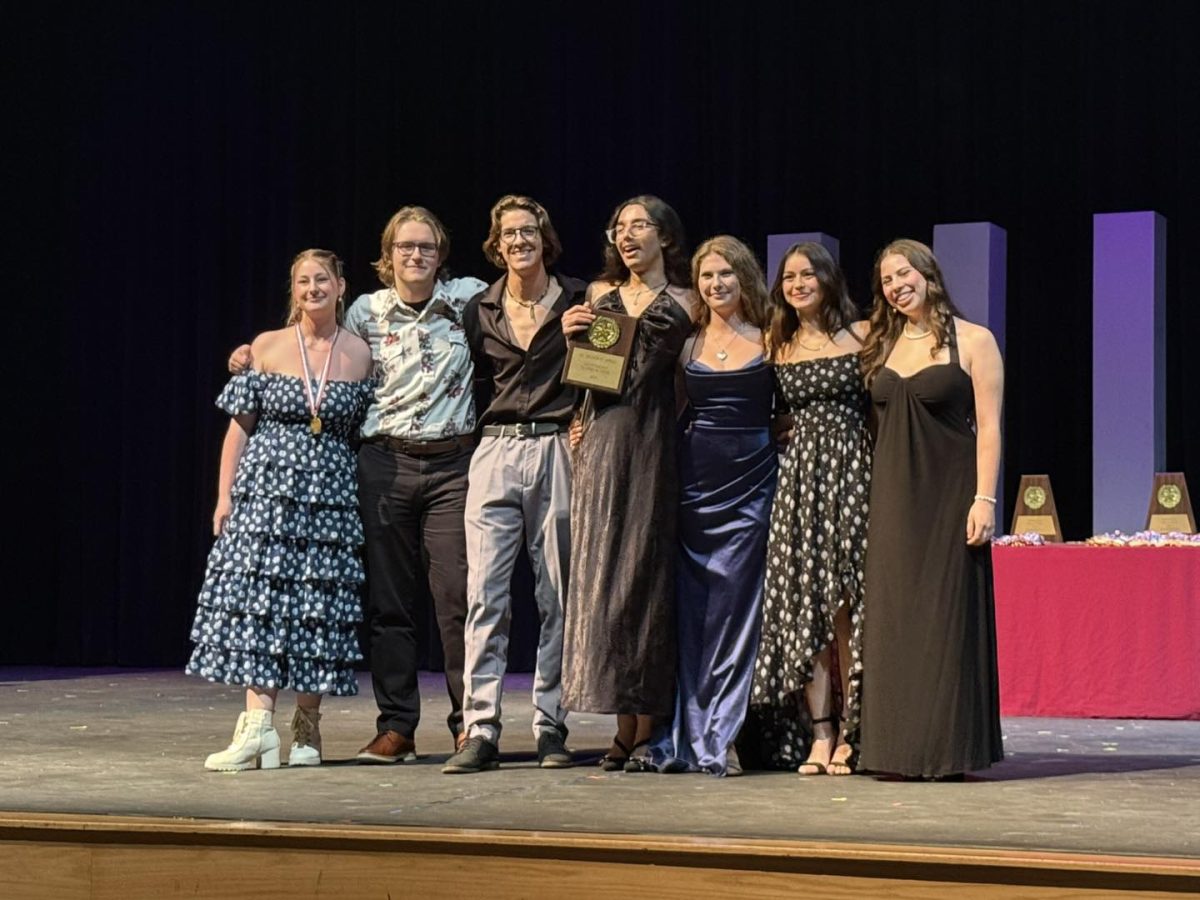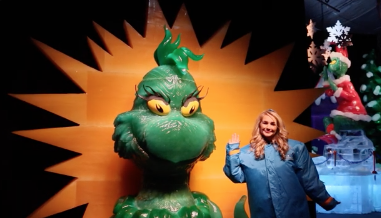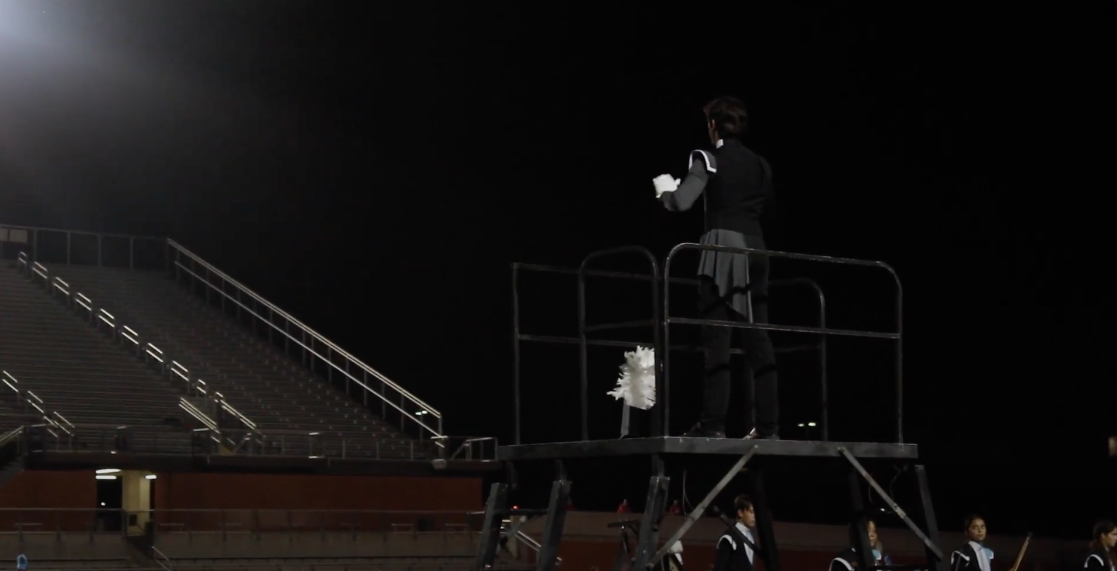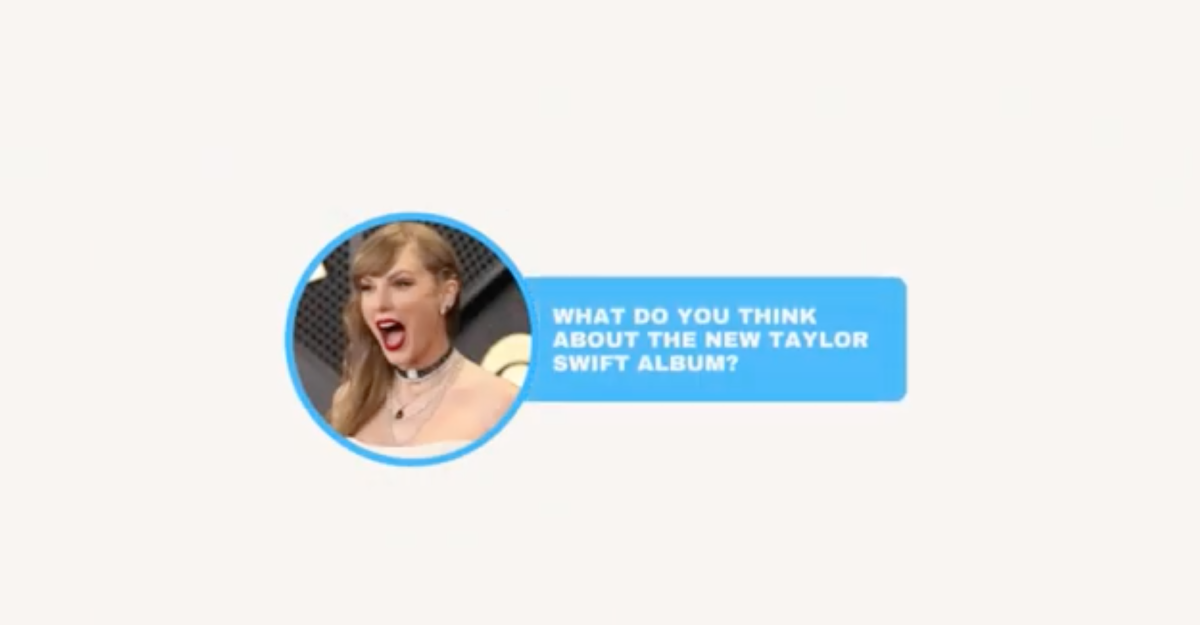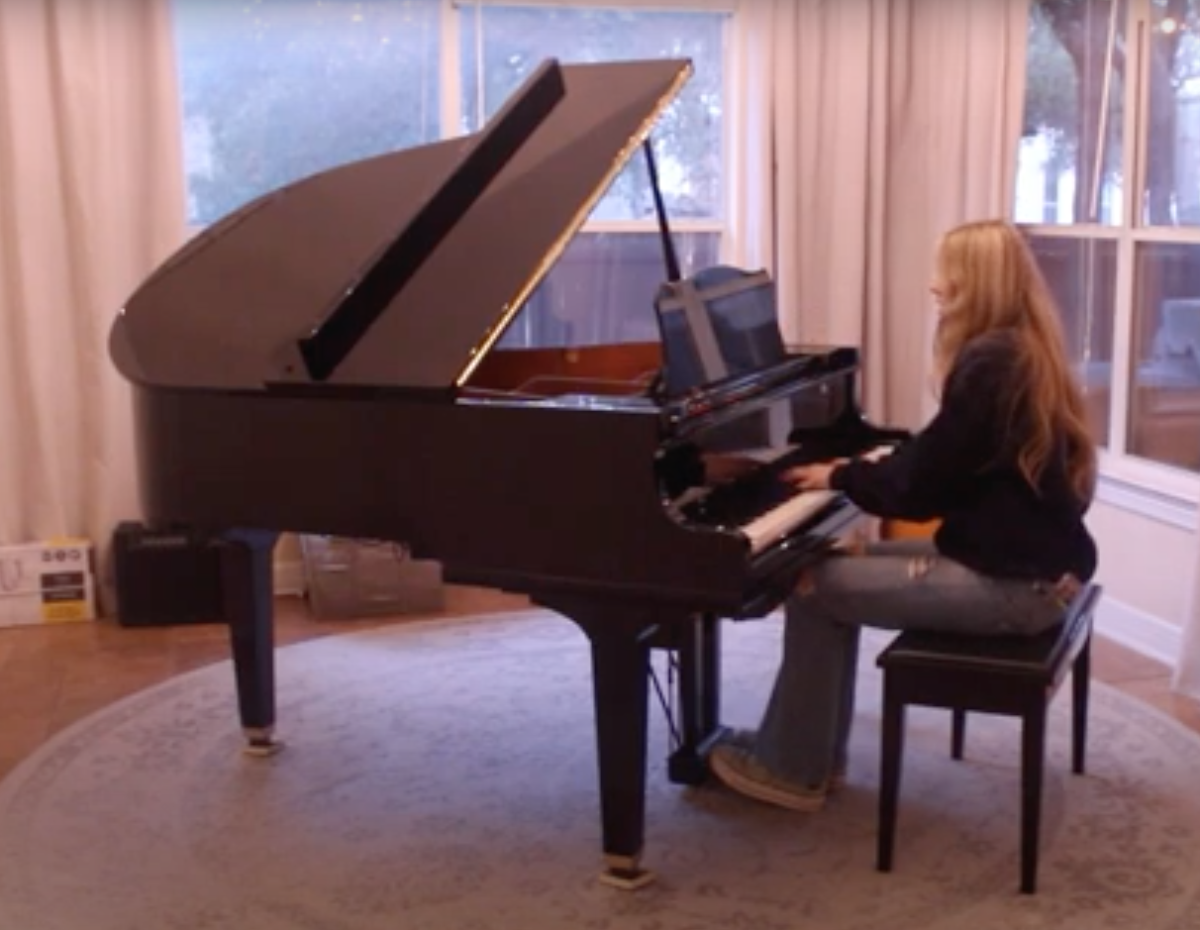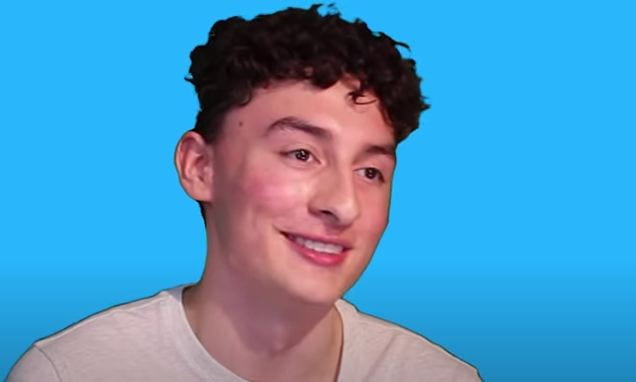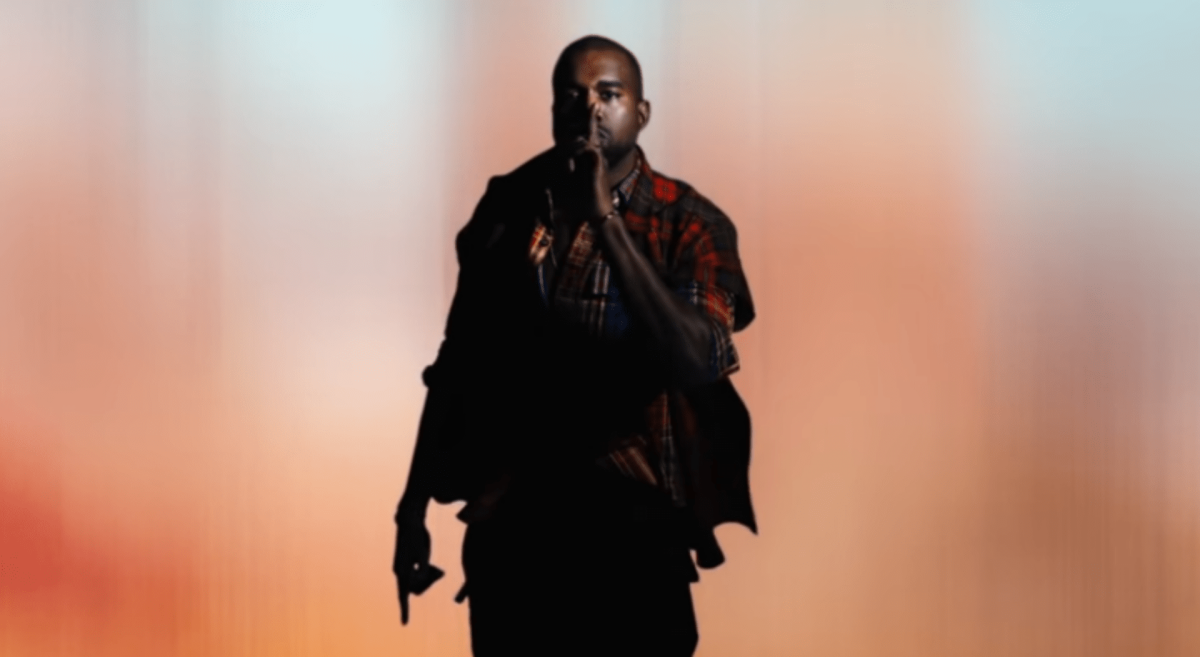by Joseph Sweeney | editor-in-chief
The following, though dramaticized, is based on true events.
The year is 2017, and the hacker known as 4Chan has struck again. After a major victory over actor Shia Lebouf in the “He Will Not Divide Us” campaign, dozens of Reddit and 4Chan operatives returned to their internet hibernation, preparing for their next trolling effort. For some users though, now is not the time to rest. Action must be taken, but preferably against something smaller.
The virtual band known as the Gorillaz had just been a victim of their industry’s own laziness. For whatever reason, the band’s own copyright collective, Phonographic Performance Ltd., had published the entire tracklist of the band’s upcoming album, entitled “Humanz,” onto the company’s website. While certainly a bummer for the band, especially after years of break-up rumors, the damage certainly was not permanent just yet.
In comes special agent u/omegapro200, with just the tools for the job. Using one of the world’s greatest weapons of mass destruction, Google, the user was able to find one of the leaked tracks, Saturnz Barz, on a private Vimeo account. Upon discovery, forces descended on the password-protected video, until one user, u/mrmoosechill, successfully guessed the password.
Before they knew it, Gorillaz had witnessed not one, not two, but four of their soon-to-be released tracks leaked to the public, all thanks to a technician who’d decided to record the band’s rehearsal and save it for himself.
But that’s only the beginning of the end of the Terrible Music Trilogy. Have I milked this topic for all it is worth? Why did it nearly seven months perfecting this doomed trilogy? Why is anime so hated in American pop culture? Some, but not all of these questions, will finally be answered.
A different kind of country
Let’s face it: anime gets a bad rap. We make fun of it constantly in our social lives, online, and in film. But the media should be more appreciated for its contributions to the musical medium. But if we’re continuing on with the theme of Japan, why should our selection here be limited to just traditional anime?
Beyond the exaggerated facial features and typically choppy animation, anime is defined as anything animated locally in Japan. By this logic, many TV shows that we would consider as ordinary cartoons would also fall into the realm of anime, or for some, a broader umbrella of “Japanimation.”
Through Japanese property licensing, we were given such classical cash grabs of popular Japanese media franchises, though none are as memorable as the American adaptations of popular Japanese video game franchises, including Super Mario, Sonic the Hedgehog, before his makeover by Paramount Studios, and, probably the most interesting of all, the CGI-animated cartoon adaptation of Nintendo and Rareware’s smash-hit action-platformer, Donkey Kong Country.
While we laugh at the failure of previous adaptations, such as The Super Mario Bros. Super-Show and its cameo by the German pop duo Milli Vanilli, a group later infamous upon the discovery that they had been lip-synching across their entire career, as well as whatever the heck Sonic Underground was, Donkey Kong Country was in fact quite revolutionary for its time.
Aside from being one of the first CGI-animated shows of its time, Donkey Kong Country was a technical milestone for its employment of motion capture technology, which actually generated some controversy at the 1999 Emmy award show, as it was not considered “real animation.”
Though now forgotten, the series lives on through its many musical numbers and influence throughout the rest of the franchise. While concepts such as the crystal coconut, the show’s one-of-a-kind magical mcguffin, would appear in later Donkey Kong games, such classics as “Our love is stronger than a golden banana,” and “I’m nobody’s hero,” as well as the show’s infamous theme song, would performed by none other than the one and only Sterling Jarvis. “Who is that?” you may ask, to which I would respond: “My thoughts exactly.” You may be surprised to hear that Jarvis is none other than the voice of classic characters such Simba and Pumba in the Canadian production of Disney’s The Lion King.
As stated prior, the weird world that was Donkey Kong Country has been mostly forgotten, though it remains relevant through memes and internet chat rooms. If you really need something to do on a boring Saturday night, or if you have spare time in quarantine, the entire series has been officially released for free on YouTube.
Lost in translation
In terms of what we Americans would consider as actual anime, terrible music is also abundant, and not just in english. For one, the German adaptation of the long running series Naruto was infamous for its theme song, which, surprisingly, contains no actual German whatsoever. But that’s not what we’re here to cover.
Among numerous anime fandoms lies a company infamous for their lackluster adaptations of popular series. From Pokémon to Yu-Gi-Oh!, 4Kids entertainment was a company that stopped at nothing to acquire and dub every piece of Japanese animation they could.
While innocent enough at first, 4Kids later on would essentially become known for not wanting children to know that countries aside from the US existed. For one, any references to Japanese culture were photoshopped out of existence in most 4Kids dubs. This included Japanese text, food items, i.e: an episode of Pokémon infamous for its change of onigiri riceballs to “jelly-filled doughnuts,” and further attempts to Americanize Japanese icons through a cover of… The Star Spangled Banner.
Censorship was an even bigger issue, however, as was the case with series like Yu-Gi-Oh!, where many plot elements, such as death, were rewritten as comas and entirely different continuities in the show’s lore, though the same plot overall was retained between versions.
So what does this have to do with music? Well, what if I told you there existed a 4Kids dub with what is quite possibly the most absurd and awesome theme song of all time? No, I’m not talking about the original Pokémon theme song, what I am talking about is the series most undeserving of a PG rating: One Piece.
Let’s set one thing straight: doctoring, verb, the action of changing the content or appearance of a document or picture in order to deceive; falsification. In other words: whoever thought the term meant something related to the medical field should not have been made a writer for this theme song.
Objectively speaking, 4Kids’ One Piece dub has everything a good theme song should have. It introduces the characters, main plot points, with backstory provided by the one and only Seto Kaiba. But what is not set up properly by this intro is arguably the most important detail of the show, that being that it is most certainly not for kids, at least not in its original form.
4Kids’ One Piece remains infamous to this day for its heavy amounts of censorship. What was originally a highly graphic and violent show was photoshopped into a kid’s show via the removal of blood, firearms, even several plot threads and entire story arcs were removed just to achieve a PG rating.
By far the most infamous censored moment from this series remains what is now referred to as the “rubber knife scene,” which, in the orignal Japanese storyline, saw the character Nami stab her ally Usopp in order to commit herself as a double agent. It’s a great fakeout, tricking viewers into thinking Usopp might have actually just died, but in the 4Kids version, it’s made pretty clear what’s going on: dialogue is added, and changes the course of the narrative utilizing a fictitious rubber knife, an object never present in the original release. The show now serves as a reminder that viewers should always do their research before deciding to watch a localization of a popular tv show rather than the original and seeing how the author intended for events to be portrayed.
Regardless, the 4Kids One Piece opening will now forever live on in infamy as one of the greatest misrepresentations of foreign pop culture in American media.
Patrice’s Ark
Prior to his assassination on November 22, 1963, President John F. Kennedy would work with congress to pass a law that would have required public schools to provide bus transport. What does this have to do with music you may ask, well, 4 Chan and Reddit, long before the days of the QAnon conspiracy theory, postulated a different conspiracy: this assassination and the events leading up to it were adapted into a teenage girl’s music video, one of the worst of all time in fact.
To most people, Friday is simply another day of the week, but in 2011, one teenage girl, Rebecca Black, would forever change people’s perceptions of the term, though this is a story you have all likely heard by now.
What you may not know, however, is of the company behind Friday, and their abundance of other songs that range in quality from terrible to just plain weird in nature.
Ark Music Factory was the group behind this onslaught of teen music. Headed by singer and record producer Patrice Wilson, this company was infamous for its laughable and sometimes purposefully terrible song-writing. While the company had been producing music years before Friday, none of them had matched the same level of infamy as Rebecca Black’s 2011 single.
Ark mainly focused on signing younger artists, usually in their teens, who they would sign for a one time deal for a song and accompanying music video. Initially, however, Ark would at least attempt to put effort into their singles, though after Black rejected the song the company had initially signed her onto, Wilson needed something written quickly, and within the span of 15 minutes, the once most disliked YouTube video of all time was born.
Despite the negative press, Wilson played with the newly found publicity, and would continue to produce music for teens, by teens, though now aiming to achieve the same negative reaction as Friday did prior through even more badly written lyrics and poorly produced music videos.
This would lead to such classics as It’s Thanksgiving by Nicole Westbrook, and Chinese food by Allison Gold. The latter of these two would go on to cause all sorts of controversy, aimed at Wilson, who was accused of racism not only due to his stereotypical depiction of Chinese culture, but also due to his appropriation of items like kimonos, which are actually Japanese, though are depicted as Chinese in the video.
Aside from this controversy, you may think that the rest of Wilson’s library is, in a literal sense, terribly innocent, however this is not the case. A common criticism surrounding the musician is his frequent self-inserts into his child star’s videos. If you ever wondered who the rando-rapper at the end of the Friday music video is, yep, that’s none other than Patrice Wilson himself. Not only does it seem egotistical for him to put himself in each of these videos when the teenagers are supposed to be the real stars, it comes off as oddly creepy given that he is a grown man randomly hanging out with teenage girls. This would culminate in a music video released in 2014, entitled Shush up, starring Allison Gold from Chinese food, which would be deleted quickly after release due to overlysexual content.
Ark Music Factory has since shut down, and Wilson has remained relatively unheard of since then, aside from a brief feud he had with YouTuber Ethan Klein of the H3H3Productions Podcast.
How fitting it is that this trilogy, one that has been on my back-burner for several months, has finally led us full circle to what is arguably considered the most infamous song in music history.


